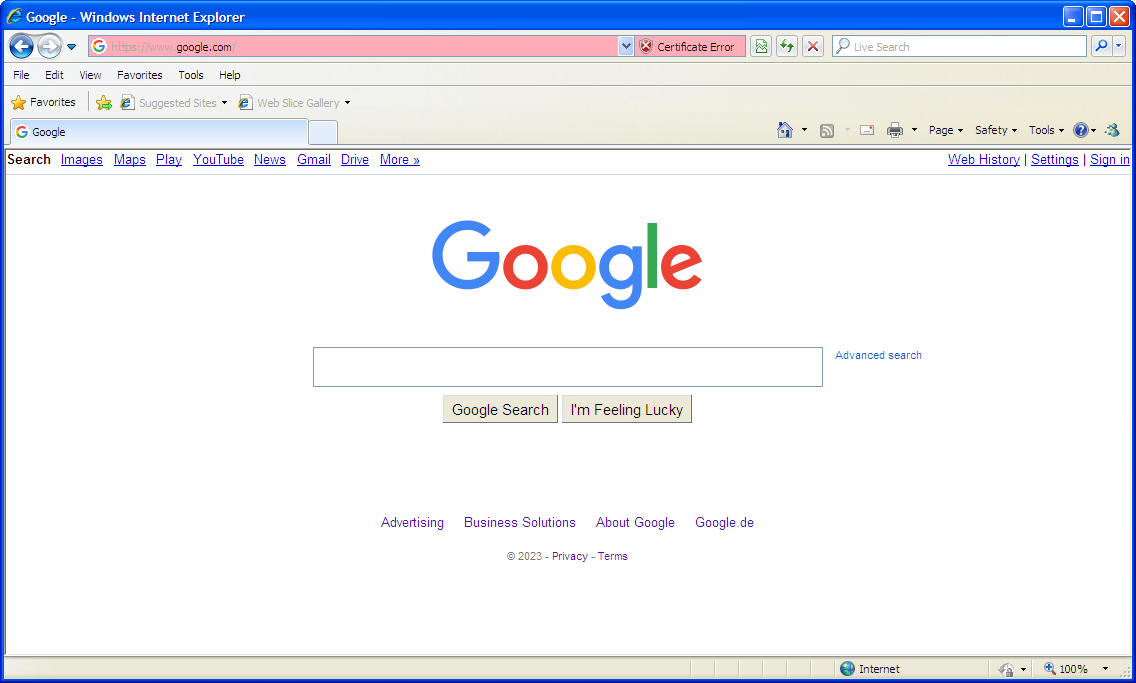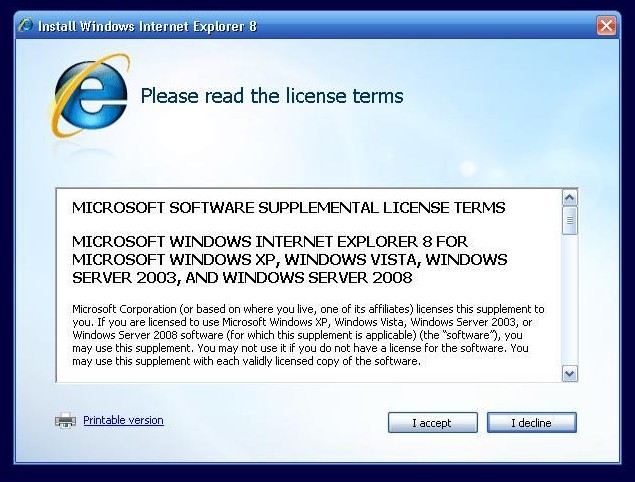

As most of us know, running multiple versions of the original Internet Explorer executables on the same system is very difficult due to issues ranging from runtime version conflicts to operating-system incompatibility. Let’s begin with our old friend, Internet Explorer (IE).

So, please check your website analytics first to ensure that a sufficient number of IE users visit your website in the first place to warrant this effort. Setting up accurate testing for Internet Explorer as outlined in this post requires a bit of effort.
What’s The Deal With The Samsung Internet Browser?Ī quick note before we begin. Testing Mobile: Emulators, Simulators And Remote Debugging. This set-up is similar to the one used by some of my colleagues at Opera, Mozilla and Google, so, fingers crossed, we’re doing this optimally. I’m a user-interface developer at AOL (yes, we’re not dead yet!), and in this multi-part post I’ll take you through the exact set-up we use to accurately test content that will be potentially viewed by up to millions of users with a very diverse set of browsers. Issues such as runtime conflicts when running multiple versions of the same browser and inaccurate third-party testing tools mean we can spend hours just evaluating whether a testing set-up is anywhere near reliable. The reality of cross-browser testing, though, is very different. 
We would download a legacy version of a browser, run it, and be able to instantly test our pages and scripts without a single care in the world. In a perfect world, cross-browser testing would be straightforward.







 0 kommentar(er)
0 kommentar(er)
